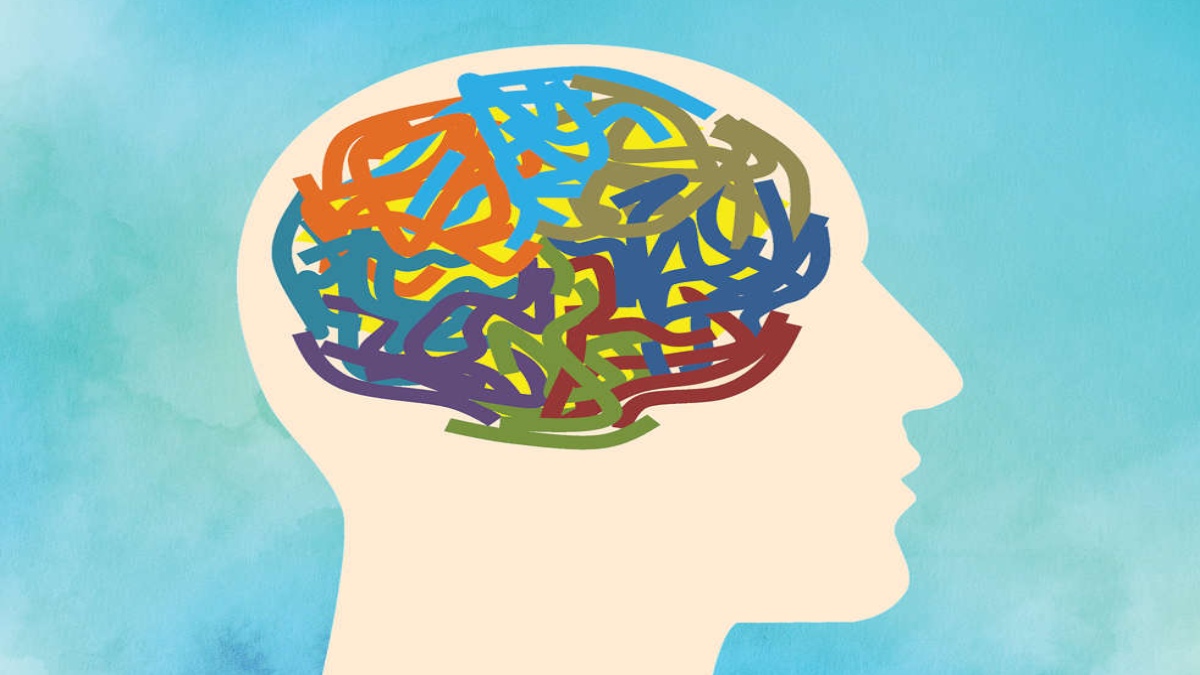


A teacher praises a student from South India for his good command over spoken English, “You don’t speak English like a South Indian”.
A woman is constantly interrupted while speaking at a meeting. Continuously mispronouncing a person’s name because “it’s too hard” to say correctly.
Telling a colleague that they don’t “look” gay. Assuming an older colleague does not understand technology. Praising a woman, “You drive like a man”. Assuming a person with a disability needs help in doing basic tasks Having low expectations for students from particular groups, or neighbourhoods.Commenting on your boss who is a woman, “She is PMSing”. A patient is waiting to see a medical professional in the hospital. A woman enters the room, and the patient assumes that she is a nurse instead of a doctor.
These are all microaggressions. Microaggressions are everyday verbal, nonverbal, and environmental slights, snubs, or insults, whether intentional or unintentional, which communicate hostile, derogatory, or negative messages to target persons based solely upon their marginalised group membership. Each of the above indicates a bias toward the member of the marginalised group, and each is hurtful and dispiriting for the person being affected.
Microaggressions may be based on socioeconomic status, disability, gender, gender expression or identify, sexual orientation, race, ethnicity, nationality, or religion. These insults or insensitivities may be exhibited by students or adults within the school community – keep that in mind when considering each example.
Microaggressions can be:
Behavioural – communicating a message with actions or symbols that display insensitivity to identity stereotypes.
Environmental – lack of representation and diversity, including gender, race, ethnicity, and sexual orientation.
Verbal – saying something that may not outright appear to be but is disrespectful or offensive to a marginalised group
Categories of microaggressions include those that appear as overt discrimination, prejudicial behavior, abuse, or harassment. In many cases, the aggression can be difficult to pinpoint and resolve because it is not so outright, obvious, or even malicious. And in some cases, the microaggressions are an unconscious behaviour from the perpetrator.
The effect of microaggression is corrosive and creates an ongoing feeling of being regarded as a second-class citizen, inferior, or even dangerous. Each microaggression on its own can seem minor and trivial. However, the cumulative effect is devastating but invisible to others who do not attract them. It is like bleeding by a thousand cuts.
Known effects include:
n Loss of self-esteem, feelings of exhaustion
n Damage to the ability to thrive in an environment
n Mistrust of peers, staff, and the institution
n Decreases participation and ability to focus
If you’re feeling hurt, frustrated, or angry over microaggressions, take care of yourself first. It can be emotionally draining both to challenge microaggressions and to let them slide. Focus on what you can control and accept what you can’t. You can’t control the biased thinking and behaviour of other people. But the one thing you can do is take care of yourself.
n Make time to talk with friends and allies who understand what you are experiencing.
n Take care of your physical health.
n Practice stress management.
n Build pride in who you are.
Dr Chavi Bhargava Sharma is the founder and CEO of Indic Center for Psychological Wellness and Holistic Health and Conversationists-Talking Cures.